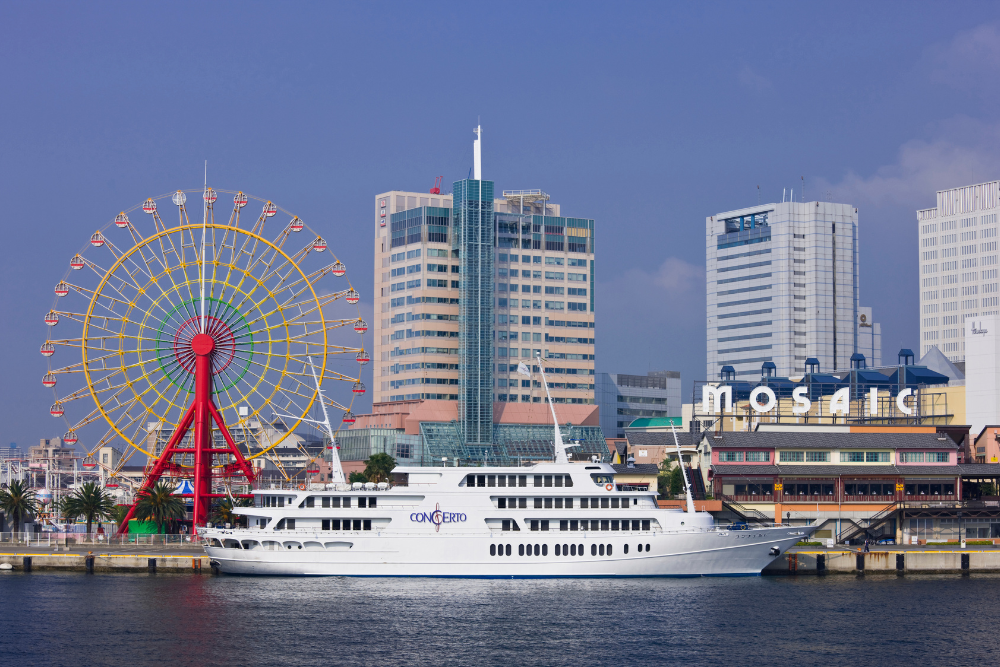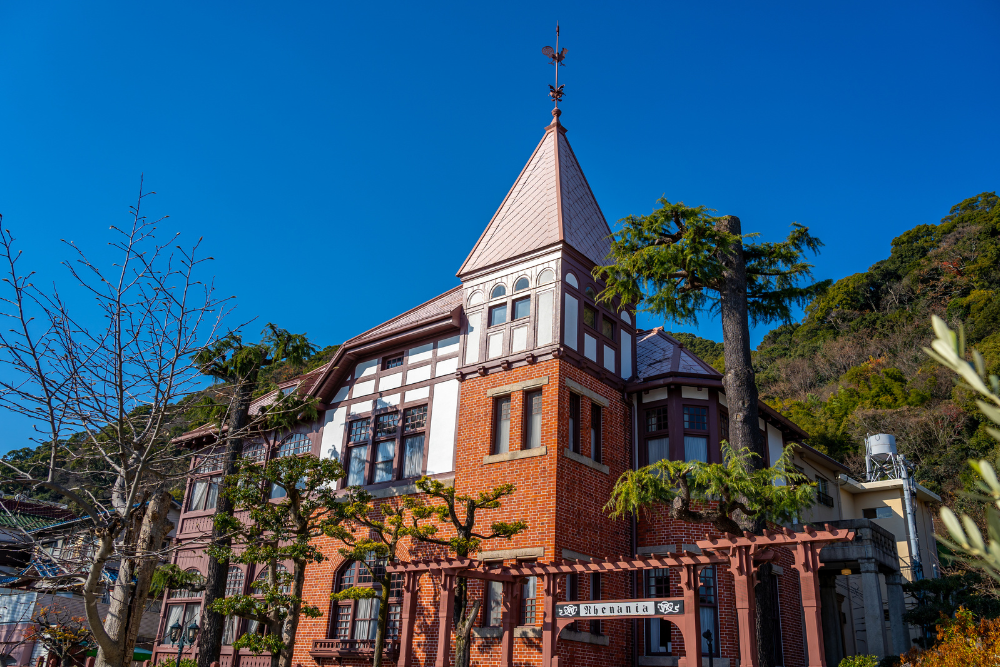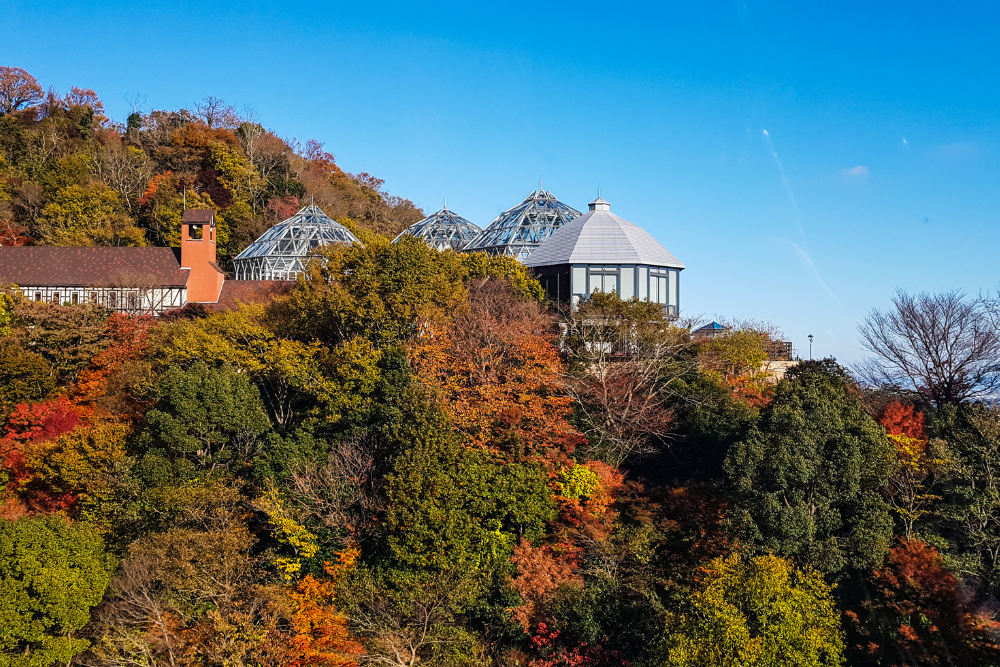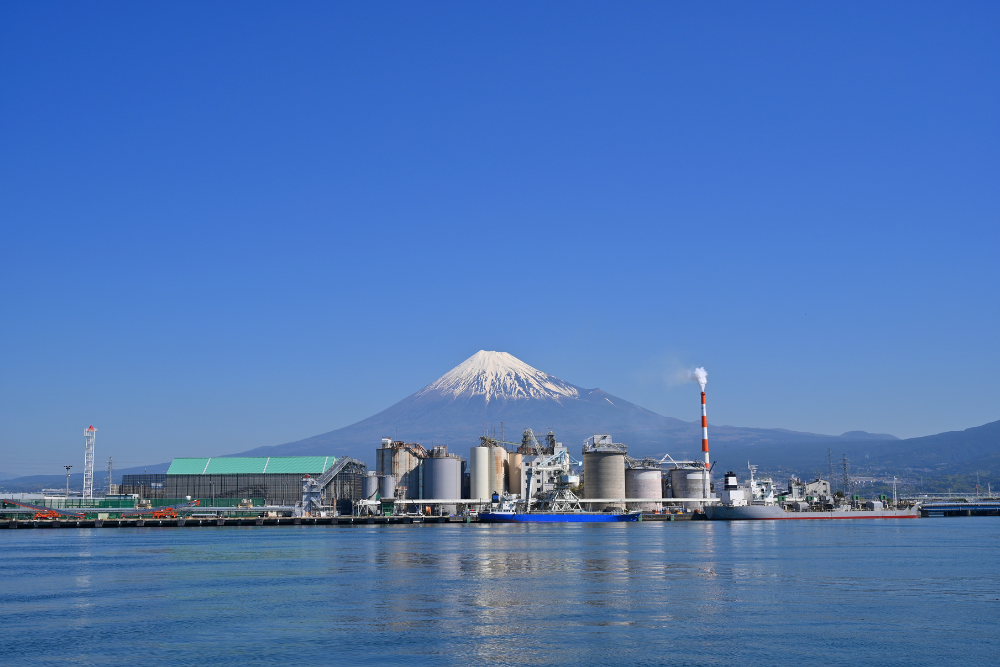Introduction
Kobe, one of Japan’s most cosmopolitan port cities, blends historical charm, modern attractions, and renowned cuisine. Nestled between the Rokko Mountains and Osaka Bay, Kobe is known for its stunning waterfront, international influences, and world-famous Kobe beef.
Whether you’re visiting for its cultural districts, scenic viewpoints, or vibrant food scene, this guide will help you explore the best of Kobe’s unique offerings.
1. Kobe Harborland: A Scenic Waterfront Experience
Why Visit?
Kobe Harborland is the city’s bustling waterfront entertainment district, filled with shopping malls, restaurants, and scenic spots. It’s perfect for a leisurely stroll or a romantic evening by the bay.
Highlights:
- Kobe Port Tower – A red, lattice-designed observation tower offering panoramic views of the city and bay.
- Meriken Park – A waterfront park featuring modern art installations and the Kobe Earthquake Memorial.
- Mosaic Shopping Complex – A shopping and dining area with seaside views and international cuisine.
- Kawasaki Good Times World – A museum showcasing the history of Kawasaki’s motorcycles, ships, and trains.
How to Get There:
- By Train: Take the JR Line to Kobe Station or the Hanshin Line to Hanakuma Station.
2. Savoring Kobe Beef: Japan’s Finest Wagyu
Why Try It?
Kobe beef is one of the most famous and luxurious types of Wagyu beef, known for its exceptional marbling, tenderness, and rich flavor.
Best Ways to Enjoy Kobe Beef:
- Teppanyaki – Expertly grilled by chefs in front of you.
- Sukiyaki & Shabu-Shabu – Thinly sliced beef cooked in a sweet soy-based broth or hotpot.
- Kobe Beef Burgers – A more affordable yet delicious option.
Top Kobe Beef Restaurants:
- Mouriya – One of Kobe’s oldest and most renowned teppanyaki steakhouses.
- Wakkoqu – A premium restaurant offering intimate Kobe beef dining experiences.
- Kobe Beef Steak Ishida – Known for its exquisite cuts and exceptional service.
How to Get There:
- Most top restaurants are in Sannomiya and Motomachi, easily accessible by train.
3. Kitano District: The Foreign Influence of Kobe
Why Visit?
During the late 19th century, Kobe became one of Japan’s first international trading ports, attracting European merchants and diplomats. Today, the Kitano district preserves this Western architectural heritage.
Highlights:
- Ijinkan Houses – Western-style residences turned into museums showcasing European influences.
- Moegi House & Weathercock House – Two of the most famous Western mansions with period interiors.
- Kobe Kitano Museum – Displays historical artifacts from Kobe’s foreign settlement days.
- Café Culture – Enjoy coffee at quaint European-style cafés in the area.
How to Get There:
- A short walk from Sannomiya Station.
4. Mount Rokko & Rokko Garden Terrace: Breathtaking Views
Why Visit?
Mount Rokko offers spectacular views of Kobe and Osaka Bay, particularly at sunset and night when the city lights up.
Highlights:
- Rokko Garden Terrace – A scenic spot with restaurants, shops, and observation decks.
- Rokko Alpine Botanical Garden – A beautiful collection of high-altitude plants and seasonal flowers.
- Rokko Snow Park – A winter destination for skiing and snow activities.
How to Get There:
- Take the Rokko Cable Car from Rokko Station for a scenic ride up the mountain.
5. Arima Onsen: A Historic Hot Spring Retreat
Why Visit?
Arima Onsen is one of Japan’s oldest and most famous hot spring towns, located in the mountains near Kobe. It’s a perfect getaway for relaxation.
Types of Hot Springs:
- Kinsen (“Gold Spring”) – Reddish-brown waters rich in iron and salt, believed to aid circulation.
- Ginsen (“Silver Spring”) – Clear waters containing radium and carbonate, known for soothing muscle pain.
Recommended Onsens:
- Taiko-no-Yu – A modern spa complex offering multiple indoor and outdoor baths.
- Goshobo – A traditional ryokan with private baths for an authentic onsen experience.
How to Get There:
- A 30-minute bus or train ride from Kobe’s Sannomiya Station.
6. Kobe Chinatown (Nankinmachi): A Vibrant Culinary Spot
Why Visit?
Nankinmachi is Kobe’s lively Chinatown, packed with authentic Chinese restaurants, street food vendors, and festive decorations.
Must-Try Foods:
- Pork Buns (Butaman) – Fluffy buns filled with savory pork filling.
- Shumai (Steamed Dumplings) – Delicious dumplings packed with meat and seafood.
- Peking Duck Wraps – A flavorful street snack.
How to Get There:
- A 5-minute walk from Motomachi Station.
7. Nada Sake District: Discovering Kobe’s Famous Sake
Why Visit?
Kobe’s Nada district is Japan’s top sake-producing region, thanks to its pure water, high-quality rice, and ideal brewing climate.
Top Sake Breweries to Visit:
- Hakutsuru Sake Brewery Museum – A historical brewery offering free tastings and an interactive sake-making tour.
- Kikumasamune Sake Museum – Showcasing traditional brewing techniques and sake production tools.
- Fukuju Sake Brewery – Known for its premium sake served at Nobel Prize banquets.
How to Get There:
- Take the Hanshin Line to Sumiyoshi or Uozaki Station.
8. Kobe Nunobiki Herb Gardens & Waterfalls
Why Visit?
Located on the slopes of Mount Rokko, this garden features a wide variety of herbs, flowers, and scenic hiking trails.
Highlights:
- Ropeway Ride – Take the Kobe Nunobiki Ropeway for a breathtaking aerial view of Kobe.
- Herbal Foot Baths – Relax in aromatic herbal-infused baths.
- Nunobiki Waterfall – A short hike leads to one of Japan’s most scenic waterfalls.
How to Get There:
- Take the ropeway from Shin-Kobe Station.
Conclusion
Kobe is a dynamic city that blends history, culture, nature, and gastronomy. From exploring the Harborland waterfront and Kitano’s European-influenced streets to indulging in world-class Kobe beef and relaxing at Arima Onsen, there’s something for every traveler.
Whether you’re visiting for a day trip from Osaka or Kyoto or planning a longer stay, Kobe’s mix of old-world charm and modern elegance makes it one of Japan’s most captivating destinations.












